
Before we get into this hiking gear for women thing, let us share some of our Favorite suggestions with all of you adventure-loving ladies and girls out there.
Here’s why:
You could invest in the best hiking gear available, but if you don’t understand the fundamentals of hiking safety before embarking on a camping trip, your outdoor gear will be ineffective.
So, prepare yourselves, and grab a pen and paper to jot down your Favorite suggestions for day hikes!
What size hiking pack do I need?
A 65kg hiking pack will transport you practically anywhere in the world with all of your stuff for up to a week and can carry up to 25kg. However, we recommend that you never carry more than one-third of your body weight, which for the average lady is around 22kg. This size hiking backpack is ideal for full-pack trips. For assisted walks with porters or mules, all you’ll need is a 45-litre hiking pack that can accommodate roughly 15kg of personal items.
Sleeping bag
Some individuals sleep hot, while others sleep cold, therefore the warmth of a sleeping bag is highly personal. A sleeping bag that can withstand temperatures as low as -10°C is an excellent choice for women’s trekking gear. We prefer down bags since they are warm and lightweight, however they do not operate when wet. Always wrap your sleeping bag in a thick trash bag or a waterproof stuff sack, since your survival may rely on it.
When selecting a sleeping bag, think about the coldest excursion you’ve ever wanted to go on and get a bag for that.
self-inflating mat
If you want to get a good night’s sleep, avoid cheap mats! A high-quality self-inflating mat will fit conveniently into your backpack, expand quickly, and keep you warm and comfy. Some firms create a women’s model that is thicker on the hips, shorter, and mummy-shaped. Some models are inflatable, while others include feather down for added warmth.
Water Bottle
Water is an essential part of women’s hiking gear and everyone’s hiking gear! Hydration packs (or bladders) encourage you to drink more, but they can leak if squeezed into a full pack. The leaks are typically caused by the tube bursting off the connecting joint, which may be readily repaired. However, if all of your clothing becomes wet throughout the procedure, it may be extremely unpleasant and, in rare cases, fatal.
If you pick a hydration pack, make sure it is of the highest quality available since water availability is critical for life, and you do not want holes in your water supply. In most cases, we recommend a two-litre volume and two water bottles. Water is essential for survival, so choose high-quality, lightweight bottles made of BPA-free plastic or metal, and have several with open necks for easy filling in mountain streams.
Toothbrush, toothpaste, comb, insect repellent, lip balm and sunscreen
Think small and light. Share with a friend or two if feasible.
Matches
Windproof and waterproof are best.
Stuff sacks
Stuff bags are a great complement to women’s hiking gear. These sacks are ingenious bags that come in a variety of sizes and colors for organizing the things in your backpack. They might be waterproof or not. Two or three of each size are ideal, but too many might provide a problem.
Plastic bags for waterproofing
Most hiking packs are water-resistant; however, a heavy-duty full-size hiking pack may be waterproof. In any event, it is best to line your hiking backpack with a high-quality garbage bag or pack liner bag. We also recommend putting your sleeping bag in a heavy-duty trash bag to ensure it is totally waterproof. If your budget permits, you may buy waterproof pack liners to keep your trekking equipment dry.
Personal First Aid
Make sure your First Aid Kit has a space blanket, triangle bandages, compression bandages, paracetamol, ibuprofen, Vaseline, Band-Aids, blister blocks, and tampons. Bring only enough for your personal usage and store in a compact dry bag.
Head torch and spare batteries
There are many different types of head torches on the market, but we Favor lightweight ones that clip to a headband and have many light intensity settings. If you’re going on a night hike, make sure you obtain a high-quality head torch with a powerful beam of light because this is the safest choice. As long as you use fresh, high-quality batteries, we recommend a head torch that is lightweight, comfortable and offers enough light for a night hike. If the batteries are old, you will still have some lighting, but we are against night walking in low light. The type of batteries you use can significantly affect the quality of the illumination. We would recommend lithium batteries, but they are costly and not necessary.
Emergency Kit
A whistle, a tiny non-glass signal mirror, and a lighter/Firestarter should all be included in your emergency bag. A whistle should always be carried in your bag or worn around your neck. If you ever get lost and need help, it will save your life. A lighter is useful in an emergency if you need to start a fire.
Toilet paper
If you’re only going out for one night, carry a quarter of a roll. If you’re a Hard Core and/or have strong environmental beliefs, think about using indigenous vegetation instead. Wet wipes should not be used since they degrade too slowly and must be disposed of. The chemicals on them are also not good for your parts.
Water purification
Water filtration is essential when trekking since you want to avoid drinking polluted water. Some people are more sensitive to this than others, but it is always advisable to be prepared. Often, your guides will boil the water for you, but we do recommend some filtration. It is impossible to be certain that the water has boiled for the requisite three minutes.
There are several ways to purify water. You can use water-purifying tablets, filtration devices, or gadgets that destroy bugs in your bottle. Iodine tablets can also be used, however, some people are allergic to iodine, so consult your gear provider to see what is best for you. Take the time to do this perfectly if you want to stay healthy and enjoy your hike.
Wet wipes
Wet wipes are moist towelettes with or without fragrances and moisturisers. They are available in a range of pack sizes, as well as dehydrated tiny pills that swell up when mixed with water to form wipes. Don’t leave home without them because they have so many applications. If you are unable to shower, a moist wipe is essential for personal hygiene. They may be used to clean filthy dishes and cups, as well as to clean sticky fingers when water is not available. Make sure you get the appropriate size pack for your needs, choose soft and thick packs, and always carry them with you when you’re out in the woods.
Snacks
Wild Women on Top enjoy eating. Food is an important consideration when carrying women’s hiking gear.
Pack cover
A pack cover is like a little raincoat for your hiking pack, keeping your goods dry even in heavy rain. Most complete packs are waterproof, but many day packs are not. If you have a pack liner, you may not need a rain cover, although they take up little space and give some extra protection. Keep in mind that they might be difficult to put on fast and frequently blow off in high winds. The greatest protection is a plastic or waterproof pack liner. Some hiking backpacks have a rain cover, although they may also be purchased independently.
Map and compass
In most circumstances, a map and compass are unnecessary, but in the worst-case scenario, if something happens to your guide, they might save your life. Try to gain some basic navigation skills so you can look after yourself if required. Maps may be purchased online and are always accessible near your hiking destination. It’s enjoyable to track your path and discover where you’re headed. If you opt to get a compass, make sure it has a ruler on the side so you can improve your skills while hiking.
Hand sanitiser
There are various types on the market, but they are excellent for avoiding the spread of germs throughout the campsite. Most hiking organizations will be highly concerned with cleanliness and will provide soap and water for hand cleaning, but antibacterial wash is an extra precaution. If you don’t like the chemicals in traditional hand sanitisers, there are several fantastic natural alternatives on the market.
ODM service
Looking for reliable wholesale outdoor equipment? At Deermaple, we specialize in ODM service, offering high-quality and innovative hiking gear tailored to your needs.
If you are interested in outdoor gear wholesale, please contact us.

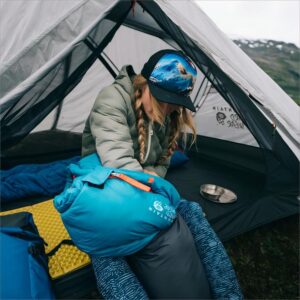
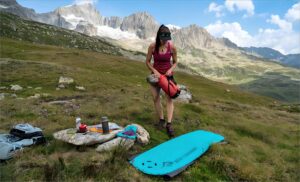
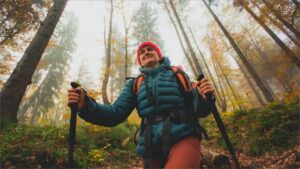
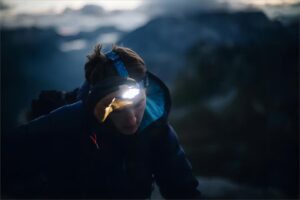
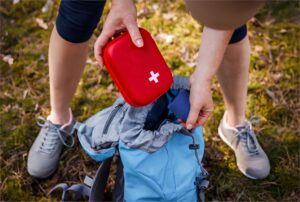


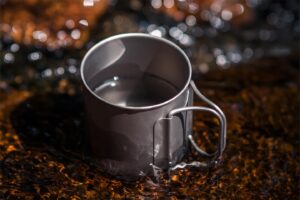
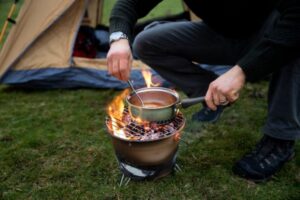
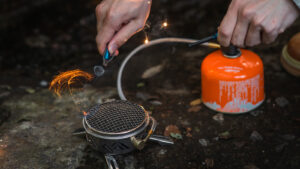
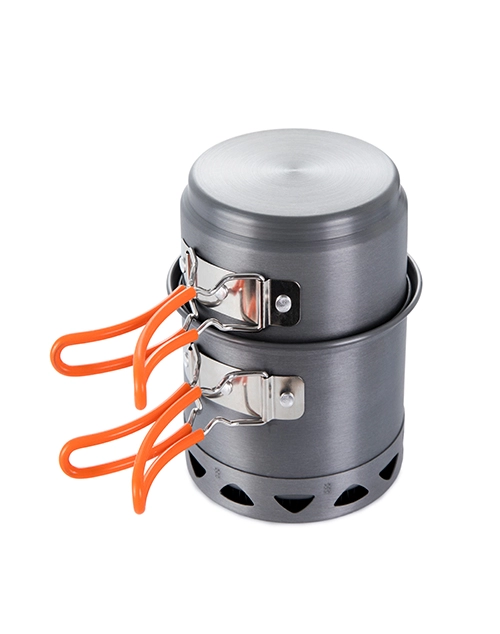
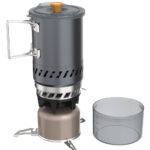
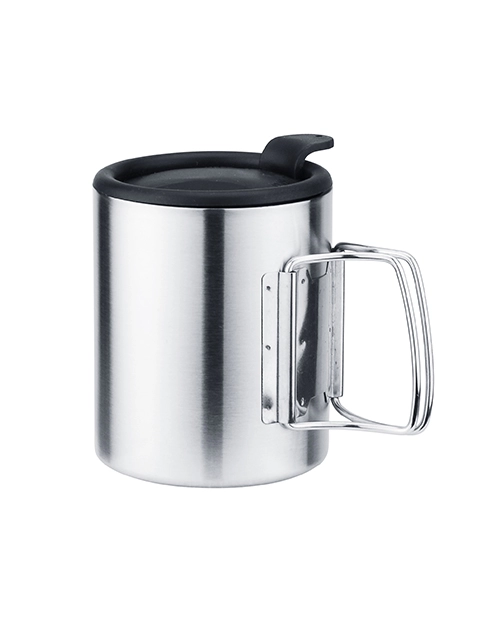


2 thoughts on “The Ultimate Women’s Guide to Hiking Gear”
helloI like your writing very so much proportion we keep up a correspondence extra approximately your post on AOL I need an expert in this space to unravel my problem May be that is you Taking a look forward to see you
Somebody essentially lend a hand to make significantly articles Id state That is the very first time I frequented your website page and up to now I surprised with the research you made to make this actual submit amazing Wonderful task